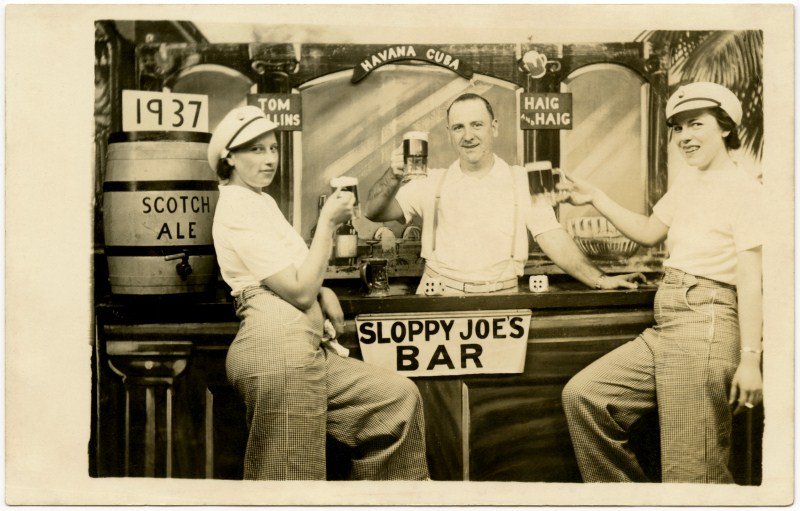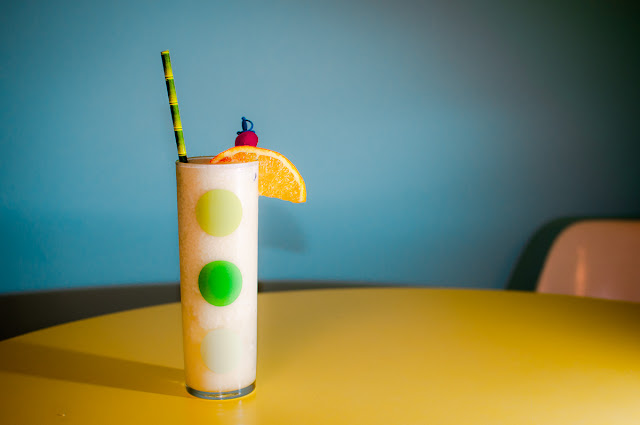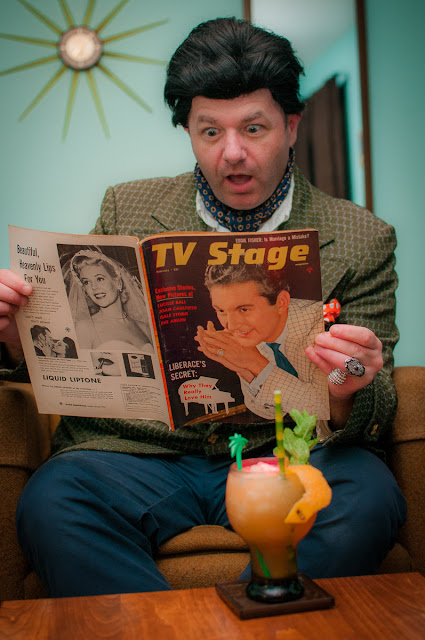There are numerous recipes online for Corn and Oil with differing proportions of ingredients. Many use a very dark or Black Strap Rum, and Cruzan offers a version which seems popular. However, I stuck with a Barbados rum (Mount Gay) since this purports to originate from Barbados. It doesn't get much more simple that this (you don't even need a cocktail shaker!):
0.50 oz. John D. Taylor's Velvet Falernum
2.00 oz. blended aged rum (Barbados) - I used Mount Gay - not aged - see below
2 - 4 dashes Angostura bitters
Add all the ingredients to an old fashioned glass and fill with crushed ice. Stir to combine until frost forms on the outside of the glass.
Cate notes that there should be no garnish with this one, but I couldn't resist adding a lime wheel, a couple sprigs of mint, and a pink flamingo straw.
Given the simplicity of this drink, the rum that you use becomes more important. Hence why Martin Cate suggests using not only a Barbados rum, but one that is aged. The Mount Gay Eclipse I used in this cocktail was probably not an ideal choice - it felt a little sharp. Using a longer aged, darker rum like an El Dorado 5 or 8 Year or a Mount Gay Black Barrel probably would have been a better fit (add one of those to my shopping list!). The falernum and Angostura bitters I felt enhanced the sharpness or spiciness of the drink which made it a little less palatable. After I had drank about half of it, I squeezed a quarter of a lime into the glass and that bit of citrus took the edge off a bit and made it more enjoyable (though obviously less traditional).
Given how simple this cocktail is, this is worth a try if you have the right rum for it. I'll revisit this one after my next trip to Binny's! Cheers, and happy holidays!





















































